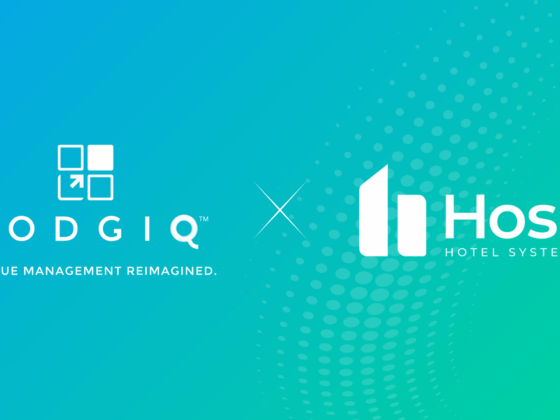The company balances internal innovation and traveler-focused tools to build a connected, AI-powered future for travel
Apr 21, 2025
Booking.com CTO Rob Francis initially focused generative AI efforts on enhancing traveler experiences, but has recently shifted focus toward internal adoption to improve workforce efficiency. He’s leveraging AI tools from vendors like Zoom and Google to support employees and emphasizes practical, measured implementation over hype-driven trends. The company has also launched AI features for customers, such as the AI Trip Planner and Smart Filter, while building flexible infrastructure to experiment with different large language models (LLMs). Francis aims to modernize Booking.com’s tech stack to support the company’s broader vision of enabling seamless, connected travel.
Key takeaways
- Shift in focus: Booking.com is now prioritizing internal use of generative AI tools after initially targeting customer-facing features.
- Strategic AI adoption: Francis supports using widely adopted SaaS AI tools to improve internal workflows and efficiency.
- Customer-facing tools: AI features like the Trip Planner and Smart Filter use LLMs to help travelers find personalized options.
- Cautious rollout: The company deliberately avoided early generative AI hype, focusing on creating richer customer experiences.
- Flexible infrastructure: Booking.com has built an orchestration layer to easily switch between AI models like OpenAI, Anthropic, and Google.
- Tech modernization: Francis is leading a revamp of the company’s tech stack to support its broader vision of a “connected trip.”
- Personal motivation: A seasoned tech leader, Francis was drawn to Booking.com by his family’s love of travel and the opportunity to innovate in a meaningful space.
Get the full story at Yahoo! Tech








